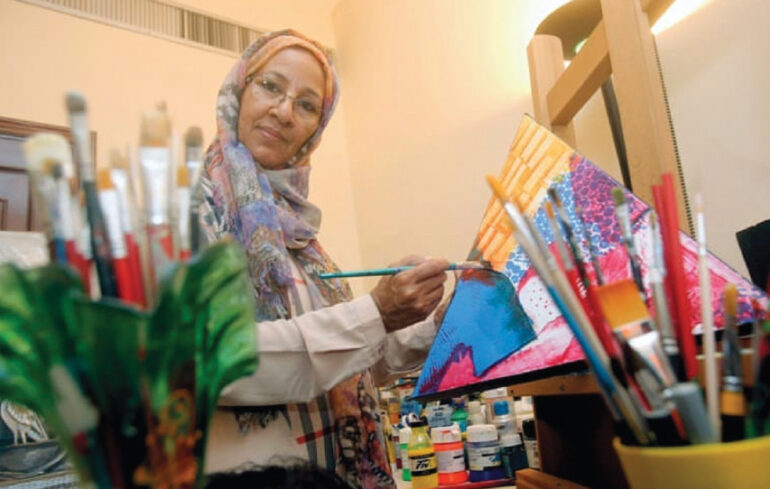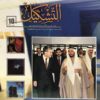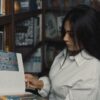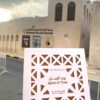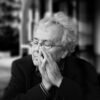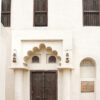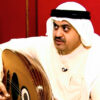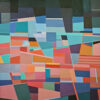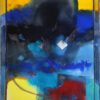The beauty that the bright colors add in the paintings of Artist Dr. Najat Makki gives us a moment full of joy and relief, then soon, we get to experience the vivid dynamics of life and the rhythms of the universe. We get to see the woman in front of us, with her majesty and powerful presence, identifying with the colors as if it was a festival of nature. In some of her works, she uses the symbols of Emirati culture, embodying features of her environment and heritage; the sea sounds, the Gulf colors and the desert sand, Sadu fabrics, and the colorful and ornate fabrics from which traditional women’s clothing is woven. Sometimes we can even find representative shapes of abstract and repetitive feminine figures in symbolic geometric shapes such as a triangle and other shapes.
Dr. Najat Makki tells us, through her works, about the beauty of life and woman. Her paintings carry a flow of emotions, while having human and social dimensions. They indicate the wonderful balance between humans and their surroundings, with which they integrate to achieve a life full of happiness. Her works reflect the femininity and manifestations of women, which are the elements she repeats in her paintings to confirm their presence and the continuity of her existence, because a woman is the symbol of motherhood and all existence.
The Lady of Narration
Through her work, Dr. Najat Makki takes us to a magical world, as if we are living in the world of One Thousand and One Nights, with the same seductive features of a female presence. The feminine element is present to narrate the most charming stories. We see this especially since the trilogy of time, place, and event is always present in her paintings. Najat Makki, masters narration in her works, and records her triumphs against the social chains that captivated women in earlier times.
For that, we can clearly see that her works show her association with society, and emphasize the importance and presence of women. Here, the words of the founder of the state, the late Sheikh Zayed bin Sultan Al Nahyan come to mind: “The woman is half of the society; any country which pursues development should not leave her in poverty or illiteracy, unable to move”.1This proves the UAE was one of the first countries in the region to adopt the empowerment of women and give them the status they deserve in society. Since the founding of the UAE, the state quickly catered to women’s issues and needs. “General Women’s Union” was formed in 1975 with the support and encouragement of the founder of the UAE Sheikh Zayed with women’s work pioneer, Sheikha Fatima bint Mubarak who was the first pillar of women’s empowerment and activating their role in society. Here, we mention the prominent roles of women in many aspects. On the political front, 5 female ministers have served in the Emirati government, in addition to the active role of women in diplomacy, economics, and in the job market after the establishment of the Businesswomen Council, in addition to other fields such as education and teaching and many others. Najat Makki says: “Women have an impactful presence. Regardless of the different cultures and languages, they remain like tall palm trees with roots that lie deep in the earth; optimistic, patient, and loving. Women are the color with all its strength, intensity, and vigor, and the line with its rhythm, extension, and lofty. She looks at the horizon, looks up to the ultimate, as if she is the shadow where we shelter in the summer. She is the light that radiates, providing the world with knowledge… The presence of women lies within their elements, with her head held high, in a legendary symbolism” 2
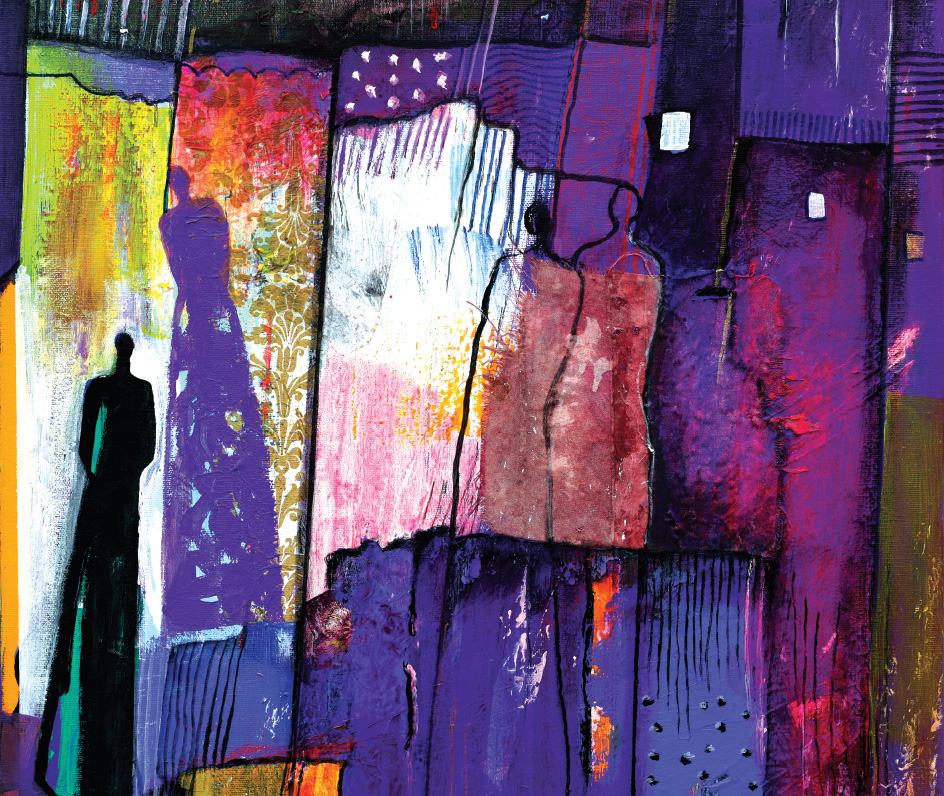

Najat Makki:
The Continuous Research and Experimentation
Artist Najat Makki, since her beginnings, has relied on using different materials and techniques in her sculptural works (plastic, iron, glass, fiberglass…) as well as in her paintings (oil colors, acrylic, natural materials, fabric, paper, collage, Sadu fabrics, etc.). This contributed to creating her own artistic impression and creative identity. In her personal exhibition held in 1987, she used “ Phosphoric Colors” in her artworks, which she displayed in a dark room with special lighting for those colors, so they stand out in the dark and radiate light. This gave the viewer a different visual experience from what is prevalent in watching the work through lighting and presentation. The artist is still using this technique that distinguished her; she presented it innovatively during her last solo exhibition “Inner Lights”, which was held at the Sharjah Calligraphy Museum, on the sidelines of the 24th Islamic Arts Festival. Also, in her personal exhibition entitled “I Write in Color” at Aisha Alabbar Gallery in Dubai, which embraced her artworks (paintings, installations, sculptures), and they were unique for their light and bright colors, and displayed them under ultraviolet light intending to allow the visitors of the exhibition to interact and to feel and experience that colorful pleasure. The artist brought a fishing net to the showroom, after she painted it with phosphoric colors, and hung it on the ceiling of the exhibition to fall like a waterfall, pouring to spread beauty and wellness all over the land, in a reference to our conflict with nature. The profession of fishing dates back to the Stone Age, as researchers confirm, and it remained the same, but it differed in its necessity between the urgent need for survival, and the pleasure of reaching the goal and the safety of land.
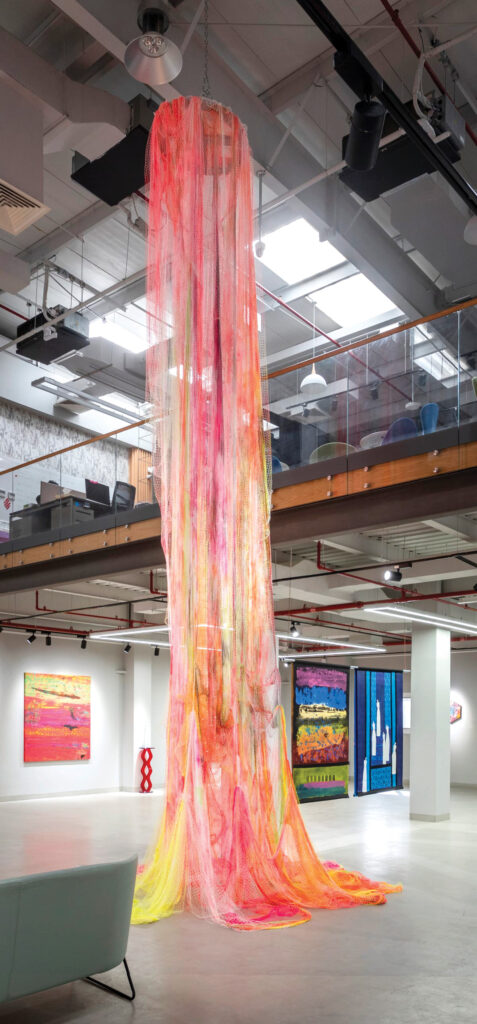
The bright colors refer to the human victory and the ability to challenge and overcome obstacles in the journey of life. That exhibition coincided with the COVID-19 pandemic, trying to depict that difficult time, so the exhibition came as an invitation to rise again relying on art and the aesthetic power of color and its impact on the visual cognition. The artist wanted the viewer to unite with the painting, and get to the depth of her own experience facing the impact of the immediate moment that the world experienced during “COVID-19”. She says: “I draw the rhythmic pace of people in the lines of the paintings, the feelings of tension and anxiety, the effect of the heartbeat, the state of imbalance and turmoil that we all experienced, in parallel with the world’s attempt to find the cure, and the confusion rumors at the beginning of the crisis, without a radical solution, which made people surrender to a divine power that may get rid of this pandemic.” The surfaces of Dr. Najat’s paintings often include elements and vocabulary that are constantly repeated. We find the small circles and straight and curved lines as if repeating them is a kind of notation, and insisting on figuring out the unknown and longing to reach safety. According to Najat Makki, the circle symbolizes eternal life, perfection, and the purity of the soul that was granted to humans.
Dr. Najat embodied the repercussions of “COVID-19” also in an interactive artwork, displayed at the Sharjah Art Museum, during the annual exhibition of the Emirates Fine Arts Society, the 37. It was entitled “Connectivity”, where 19 metal pieces were displayed hanging from the ceiling, each piece was connected with wires as a symbol of helplessness. They lined up with each other on top of a glass that reflects the infinite horizon, which doubles the number of pieces in an invasion of the hall, and of human life. Touching any piece will make noise and inconsistent movement. COVID-19 did not pass quietly in our lives, as it had many repercussions. This interactive artwork stands out the extent of the artist’s ability to express reality, respond to human movement, and invent new artistic ways and methods. This work, as the artist points out, is an invitation to every human being to devise the appropriate way to coexist; invoking his thinking, his feeling, and his interaction with the artwork, where the sound of the pieces clicking together resonated and spread throughout the hall.
Rhythm is an important element in Najat Makki’s work, as she derives rhythm from the heartbeat, and from nature, since it is related to the emotional aspect. It is associated with the mother and the sense of security. It is as if the artist wants to embrace the world with her works, bring them to safety, and provide them with solutions for various crises through art. The art of Dr. Najat Makki is a reflection of the spirit of dignity and prestige. It contains a sense of strong emotion, and musical tone, in each of its lines.
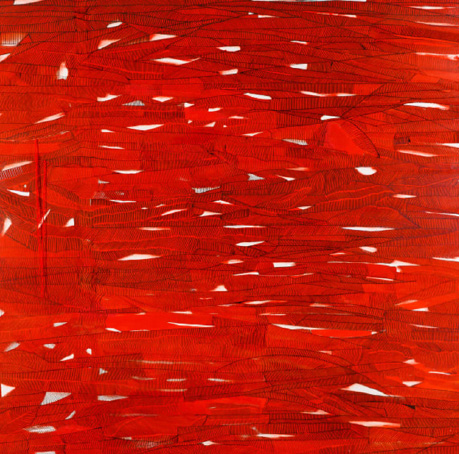

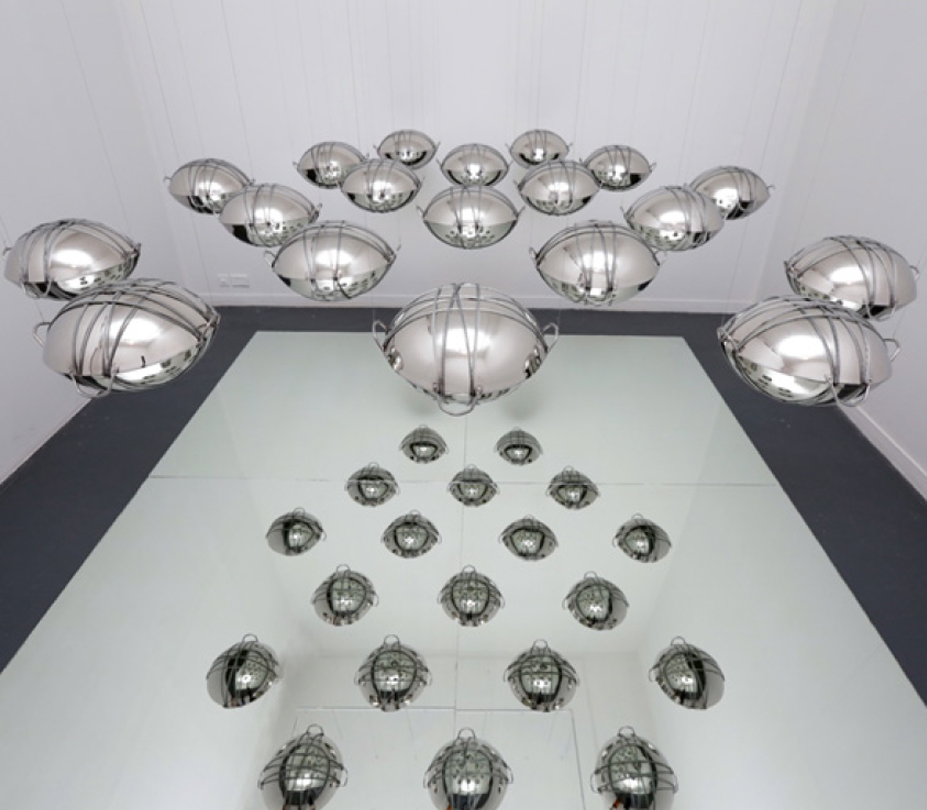
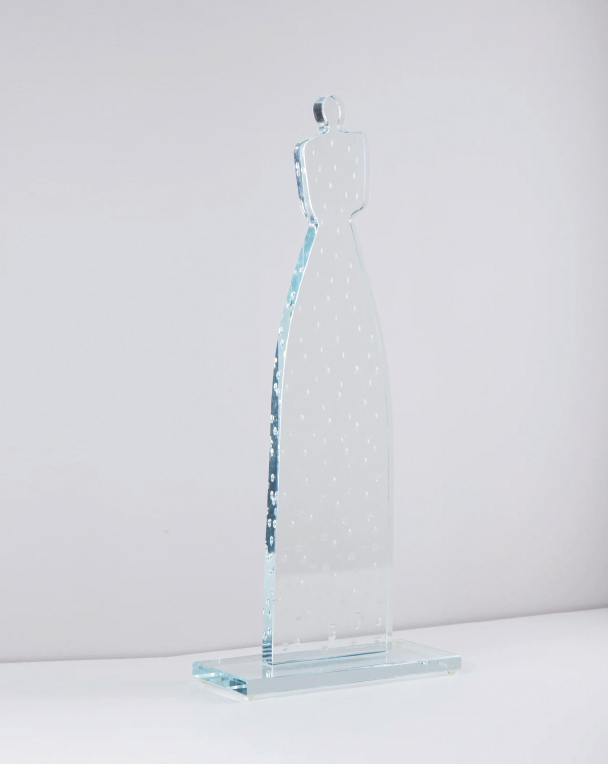
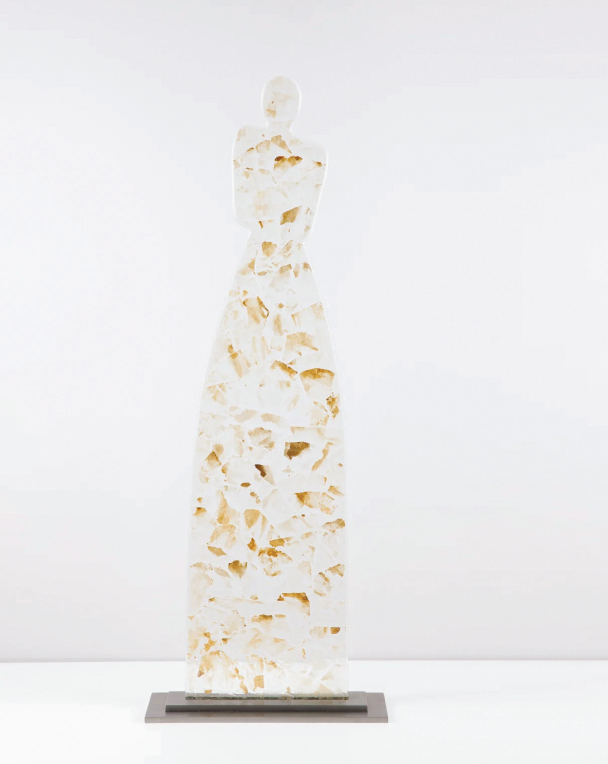

1. “Glimpses of the life of the late Sheikh Zayed Bin Sultan Al Nahyan”, Ibrahim Muhammad Bu Melha, p. 227 Dubai International Holy Quran Award, 2011, Dubai, UAE
2. Najat Makki: “Colorful Rhythms”, page 2: Sharjah Museums Authority, 2011.
Dr. Noha Farran is the Founder & CEO of ‘Thinking Art’ Foundation’, Historian, Professor, Cultural Strategist, Researcher, Curator, Visual Artist & Chief Editor of Al Tashkeel magazine. Holding a Ph.D. with excellence in the 'Art & Science of Arts', an MFA in Fine Arts, and an MA in the philosophy of art, she has authored numerous published books and research papers documenting art in the Arab World.

